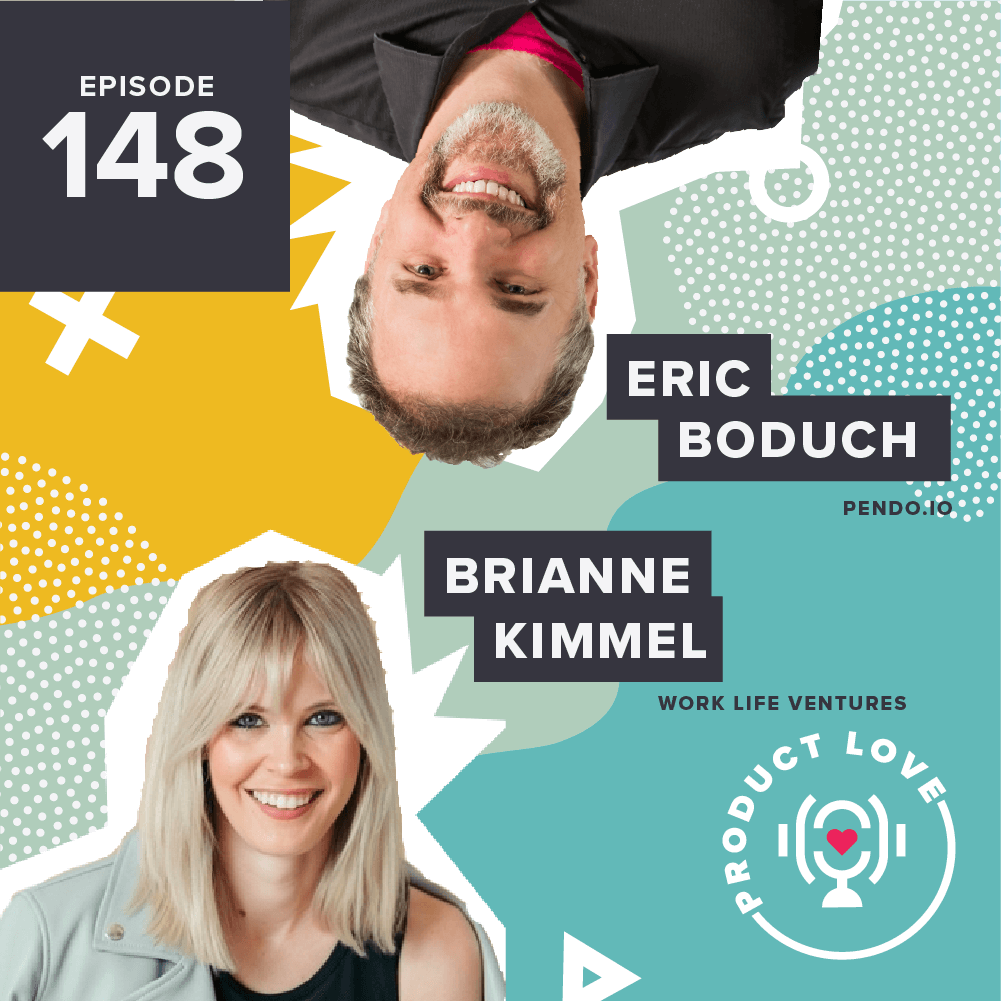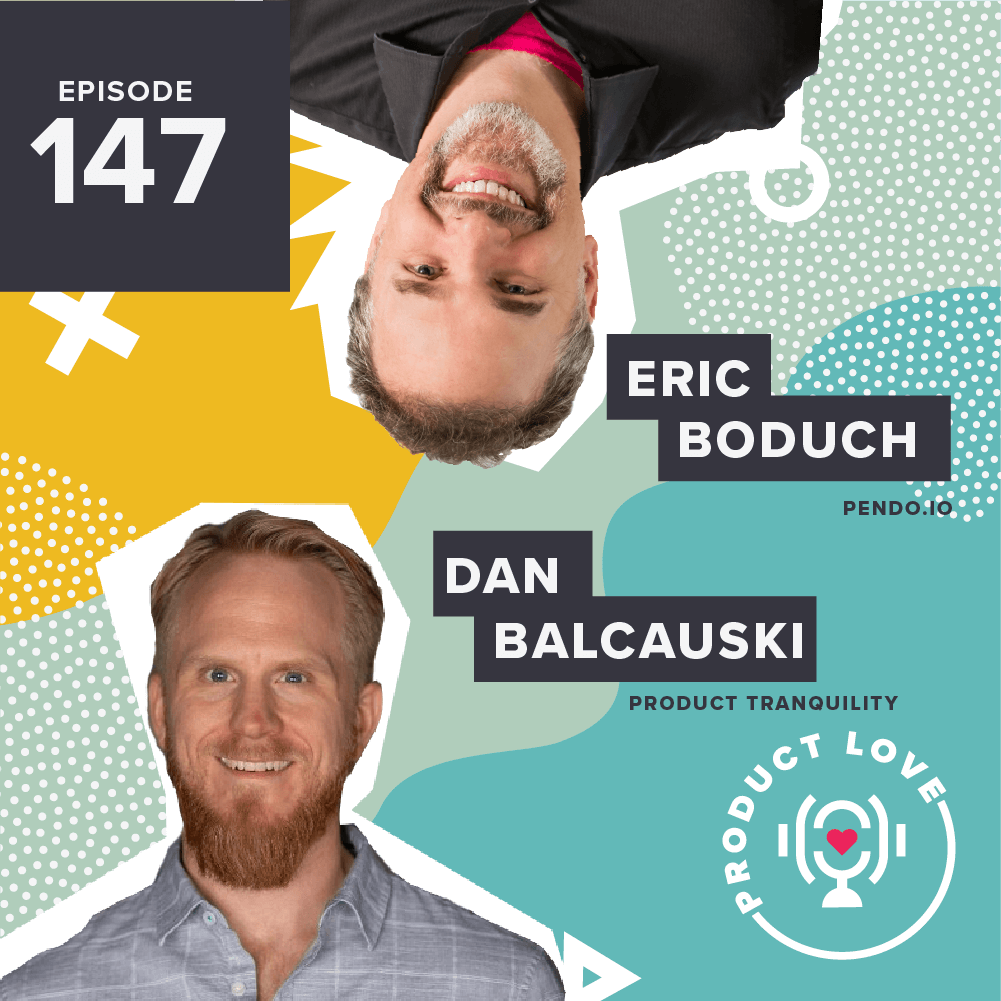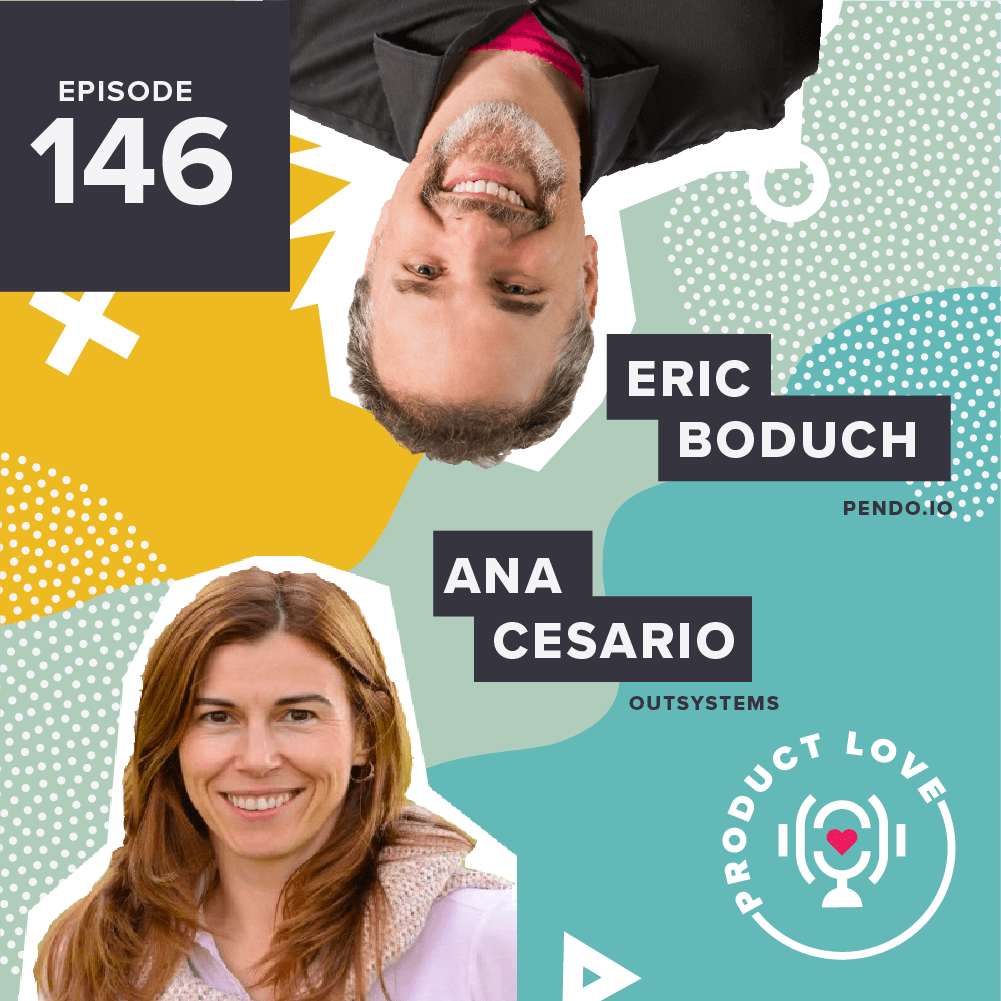Jeetu Patel has experience in just about every business area you can think of. He’s had stints in marketing, engineering, sales, and now, product. But the one aspect of business that has always fascinated him is scale. Early in Jeetu’s career, he traveled a lot and was constantly amazed to discover that certain companies that were famous in the United States were just as well-known in other countries.
As a result, he was inspired to learn about the global nature of business and how a company transcends borders. This fascination led him to Box, a cloud content management company where he is currently the chief product officer and chief strategy officer. Box grew from three employees to 400,000 employees and now serves over 14 million customers.
Having a product unique enough to span that spectrum is a huge challenge for any product manager. All of those segments have different requirements, so how do you even begin to deal with those? It’s a great intellectual challenge to have, and one of the most rewarding of his career.
This week on Product Love, I sat down with Jeetu to discuss important metrics and how to build an effective product team.
Hire These Kind of Product People
When Jeetu is hiring for product managers, he looks for intrinsic hunger and innate curiosity. These PM candidates need to have a fire in their belly and a knack for asking why. Even more important is curiosity about why something is the case, rather than a snap judgment as to why something is “wrong.” According to Jeetu, curiosity should trump judgment. The third is the ability to think and communicate clearly. After all, product managers are influencers, not owners.
Generally, candidates can demonstrate these qualities in an interview. If they’re truly good product managers, their own curiosity should prompt them to be asking you pointed, strategic questions that may even make you think about your business differently. Also, they’d focus on a specific problem and present a solution they’re excited to implement.
Make These Kinds of Product Teams
So, how should you structure your product teams? At Box, they use Amazon’s famous “two pizza” methodology, meaning they construct teams small enough to be fed with two pizzas. Typically, it’s a team composed of 8-12 members. Smaller teams tend to have more fruitful conversations, stay aligned, and execute ideas more quickly.
The reverse happens with large teams. More time is spent aligning and coordinating these teams rather than taking real action. Jeetu calls this a productivity tax — the process easily becomes bureaucratic and slow.
At Box, they encourage these small teams to own a specific problem area. These “local missions” are tied to the overall company mission, but operate on their own metrics. This setup empowers these teams to have a direct impact on the company and contribute to moving the needle.
Retention Means Product Love
Of all the metrics that product managers need to track, retention is one of the most important. Long ago, a friend from Facebook advised Jeetu to understand retention at a deep level. Think of retention as more than just a number — see it as what compels people to keep returning to your product. So how do you get people to love your product and keep retention high?
The answer is simplicity. Jeetu believes that incentivizing PMs to build more features only adds a layer of debt. In reality, product managers should be asking, “How can I add the most value with the fewest number of features?” That preserves simplicity, and simplicity drives usage.
According to Jeetu, building more doesn’t necessarily create value. In actuality, it defocuses you as an organization. He says it’s more important to build a product that a few people love than one that lot of people like. Love for a product is the one thing that will scale it. In fact, word-of-mouth is a powerful mechanism for increasing adoption of your product.
Curious to hear what Jeetu has to say about the enterprise and managing multiple product lines? Listen to the episode above.


